Apogee Symphony Desktop USB Audio Interface Overview
Merging the sound quality of the rackmount Symphony I/O Mk II with the simplicity of the Duet and Quartet, the Apogee Symphony Desktop offers musicians and producers premium Apogee fidelity, flexible I/O, and powerful plug-in processing in a travel-friendly form factor.
With emulations of vintage British and American mic preamps, DSP/native Apogee FX plug-ins, and multiple zero-latency plug-in workflows, the Apogee Symphony Desktop puts you in complete control of your tone. Thanks to its color touchscreen and large control knob, the Symphony Desktop provides easy operation and comprehensive visual feedback.
Record mic-, line-, or instrument-level signals through the variable-impedance, high-gain preamps and use the monitor outputs and assignable headphone jacks for listening to the main mix or an alternate source. Expand your setup by connecting external digital equipment to the optical TOSLINK ports, which support 8-channel ADAT or 2-channel S/PDIF protocols.
Apogee Symphony Desktop General Features
- Sound quality of rackmount Symphony I/O Mk II in a compact desktop format
- Easy operation via color touchscreen and large control knob
- Simultaneous Channels of Audio: 10 in and 14 out
- A/D and D/A resolution up to 24-bit / 192 kHz
- Built-In DSP: FPGA processing of Apogee FX Rack plug-ins
- Print, Monitor, and DualPath Link: Flexible, zero-latency plug-in workflows
- Apogee Alloy mic preamp emulation including British Solid State and 50’s American Tube
- Two independent ultralow impedance headphone outputs with individual routing and dual-sum ESS DACs
- Software control via Symphony Desktop Control application
- Compatible with macOS and Windows computers running Quad Core i7 or later processors
- Works with iPad Pro running iOS 13
Flexible I/O
- Two stepped-gain mic preamps with up to 75 dB of gain and variable impedance
- XLR-1/4″ combo mic/line inputs
- 1/4″ Hi-Z input with variable impedance
- 1/4″ monitor outputs
- 1/4″ and 3.5mm assignable headphone outputs
- Optical TOSLINK ports for ADAT or S/PDIF digital I/O
- USB Type-C and USB Type-A ports
Included Apogee FX Plug-Ins
- Apogee Symphony Desktop ECS Channel Strip: EQ, compressor, and saturation tuned by Bob Clearmountain (includes native and hardware DSP versions)
- Symphony Reverb (includes native version)
- Pultec EQP-1A, Pultec MEQ-5, and Mod EQ-6 equalizers (hardware DSP versions)
- Opto 3-A and Mod Comp compressors (hardware DSP versions)
Included Mic Preamp Emulations
- British Solid State: Class-A console sound inspired by the Marinair round can input transformer and discrete transistor design of the Class-A Neve 1066 mic preamp
- American Tube: lush, vintage-style tone inspired by a 1950s Ampex 601 preamp that was restored and modded for lower noise and greater dynamic range
Flexible Plug-In Workflows
Apogee Symphony DesktopECS gives you the full range of Apogee workflow options. For zero latency tracking, you can print through it as you record or set up a DualPath Link for monitoring and print later when you mix. Or simply use Symphony ECS as a native plug-in in your DAW, no Apogee hardware required.
Looking for a Verstile USB Audio Interface? Check out our USB Audio Interface available at ProAudio Pakistan for great deals.
For detailed specs and official info, visit the Apogee Symphony Desktop USB Audio Interface on Native Instruments website


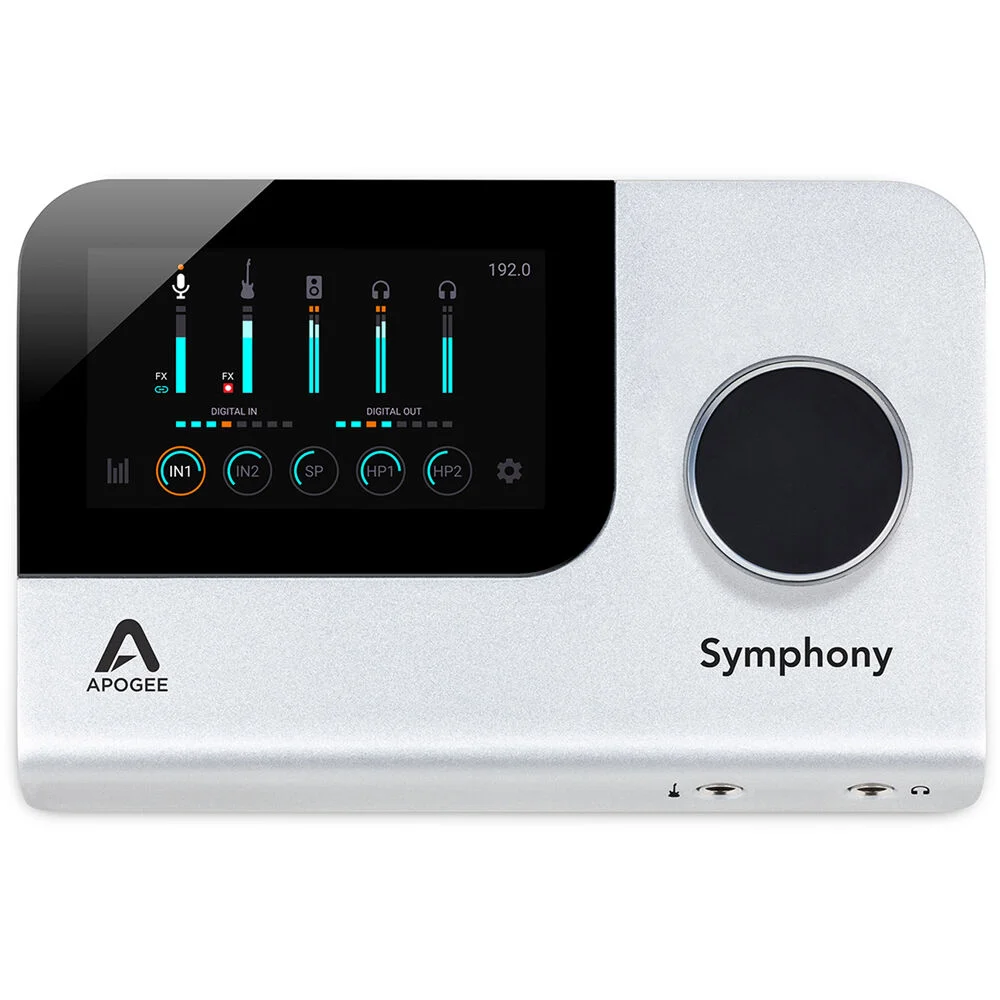


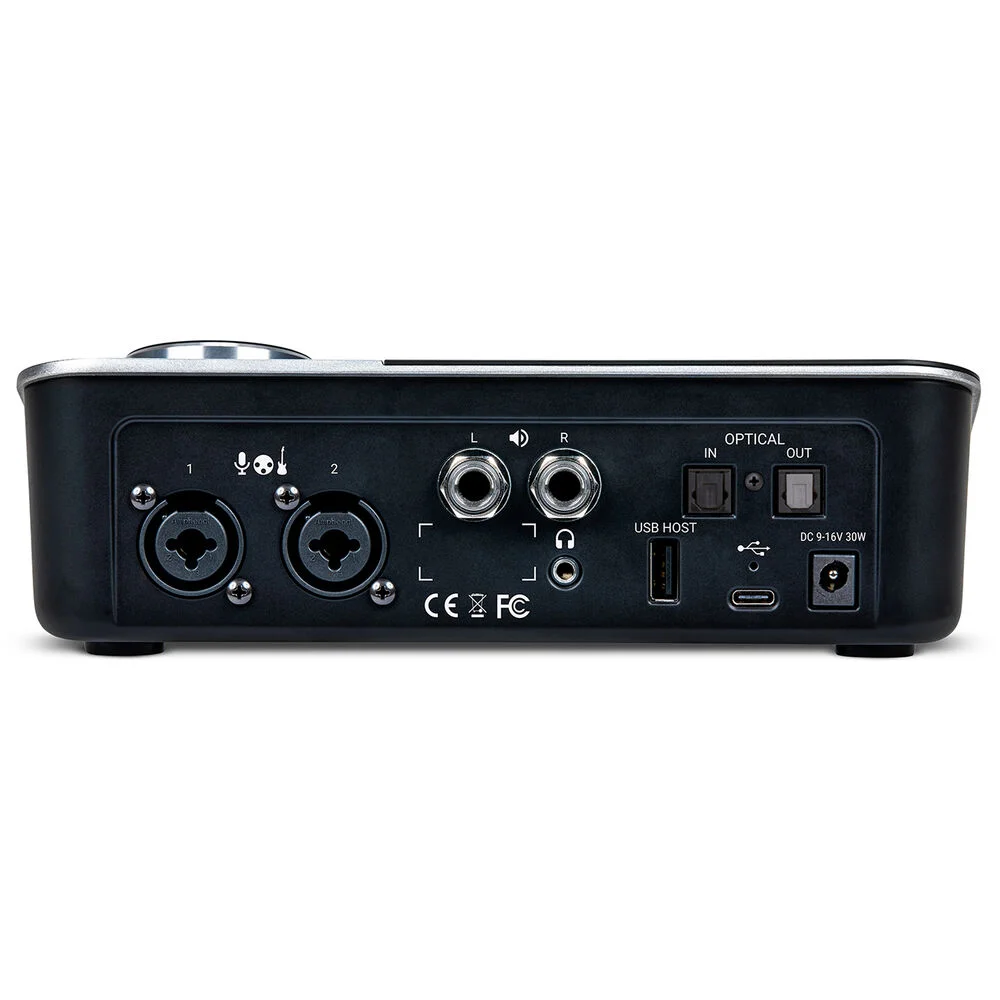

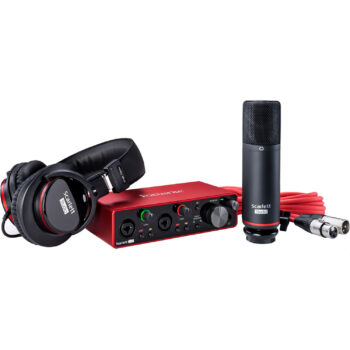
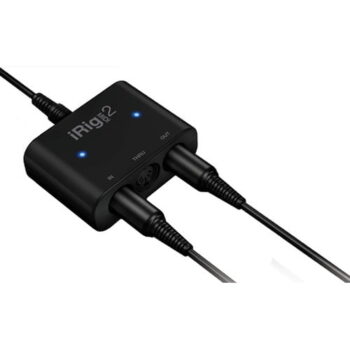
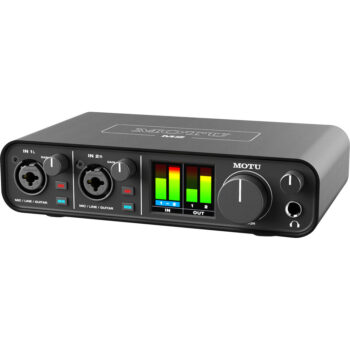

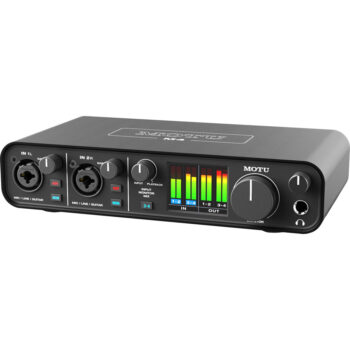
There are no reviews yet.